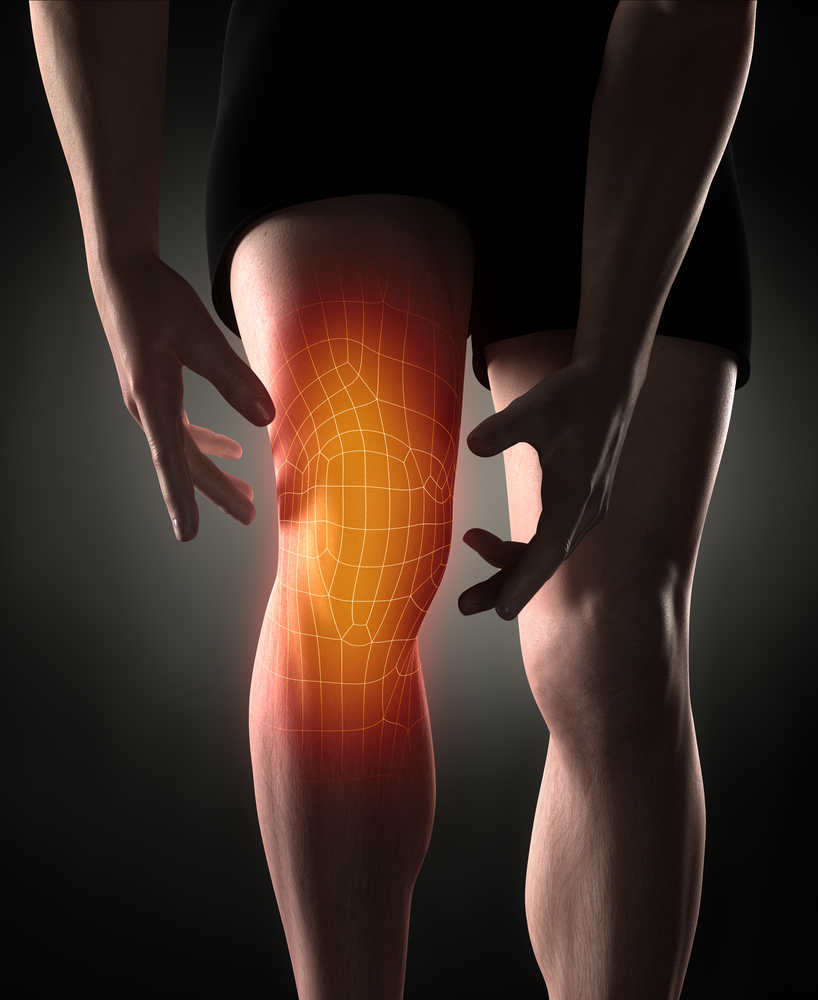

Instability in the Knee – Causes, Diagnosis, and Treatment at Emirates Hospitals Group
Knee instability is a condition where the knee feels unsteady or gives way during movement. It can significantly affect daily activities and sports performance. Knee instability may result from trauma, injuries, or underlying medical conditions and requires prompt evaluation and a personalized treatment plan.
Causes of Knee Instability
- Ligament Injuries: Damage to the knee’s ligaments, especially the anterior cruciate ligament (ACL) or posterior cruciate ligament (PCL), is a common cause of instability. These ligaments provide stability by controlling the movement of the knee.
- Meniscus Tears: The meniscus is a cartilage structure in the knee that helps absorb shock and stabilize the joint. A tear in the meniscus can cause pain, swelling, and instability.
- Patellar Dislocation: When the kneecap (patella) is dislocated or malaligned, it can lead to instability, particularly when bending or straightening the knee.
- Arthritis: Degenerative conditions like osteoarthritis or rheumatoid arthritis can cause joint wear and tear, leading to instability due to weakened cartilage and ligaments.
- Muscle Weakness or Imbalance: Weakness or imbalances in the muscles surrounding the knee, particularly the quadriceps and hamstrings, can affect knee stability and lead to an increased risk of injury.
- Previous Injuries: Individuals who have experienced prior knee injuries, such as ligament tears or fractures, may experience ongoing instability as the knee structure is compromised.
- Congenital Conditions: Some individuals may be born with structural abnormalities in the knee, such as malformed ligaments or cartilage, which contribute to instability.
- Knee Bursitis: Inflammation of the fluid-filled sacs (bursae) around the knee can contribute to pain and instability, especially when combined with other injuries or conditions.
Diagnosis of Knee Instability
Diagnosing knee instability involves a thorough examination and various tests to determine the cause of the issue. Key diagnostic steps include:
- Physical Examination and Medical History: A detailed history of the knee injury, activities, and symptoms, along with an examination to assess knee alignment, range of motion, and muscle strength.
- X-rays: Imaging to detect fractures, joint misalignments, or signs of arthritis and other bony abnormalities.
- MRI (Magnetic Resonance Imaging): MRI scans provide detailed images of the soft tissues, including ligaments, menisci, and cartilage, helping to diagnose tears, injuries, and degeneration.
- Arthroscopy: A minimally invasive procedure where a small camera is inserted into the knee joint to directly visualize and diagnose internal damage.
- Stress Tests: Specific physical maneuvers that test the stability of ligaments and joints to evaluate the extent of instability.
- CT Scan: For more detailed evaluation of bone and cartilage damage, especially in complex knee fractures or deformities.
Treatment for Knee Instability in Dubai
Treatment for knee instability varies based on the underlying cause, severity, and lifestyle goals. Options may include:
- Conservative Treatment:
- Physical Therapy: A tailored rehabilitation program focusing on strengthening the muscles around the knee, improving flexibility, and restoring proper movement patterns to stabilize the knee.
- Bracing: A knee brace may be recommended to provide extra support and limit movement, especially in cases of ligament injury or dislocation.
- Medications: Anti-inflammatory medications or pain relievers can help manage symptoms and reduce swelling and discomfort.
- Rest and Ice: Resting the knee and applying ice can help reduce inflammation and promote healing in the early stages of an injury.
- Surgical Interventions:
- Ligament Repair or Reconstruction: In cases of severe ligament injuries, such as an ACL or PCL tear, surgical reconstruction using a graft may be necessary to restore knee stability.
- Meniscus Surgery: If a meniscus tear is causing instability, surgery may be performed to repair or remove the damaged tissue.
- Patellar Realignment Surgery: If the kneecap is dislocated or misaligned, surgery may be required to reposition the patella and improve stability.
- Arthroscopic Debridement: This procedure is used to remove damaged cartilage or bone fragments in the knee joint that may contribute to instability.
- Knee Replacement Surgery: For patients with advanced arthritis and severe instability, partial or total knee replacement may be recommended to restore function and alleviate pain.
- Regenerative Medicine:
- Platelet-Rich Plasma (PRP) Therapy: PRP injections use the patient’s own blood platelets to promote healing of damaged tissues, such as ligaments or cartilage.
- Stem Cell Therapy: Stem cells are used to regenerate damaged cartilage and ligaments, offering a potential alternative to surgery in some cases.
- Lifestyle Modifications:
- Weight Management: Maintaining a healthy weight reduces stress on the knee joint, helping to prevent further damage and improve stability.
- Activity Modification: Avoiding high-impact activities or sports that place excessive stress on the knee, and incorporating low-impact exercises like swimming or cycling.
- Proper Footwear: Wearing supportive shoes can help improve alignment and reduce knee strain during daily activities.
By addressing knee instability with the right combination of treatments and lifestyle adjustments, many patients are able to restore function, reduce pain, and return to normal activities. At Emirates Hospitals Group, we provide a comprehensive and personalized approach to treating knee instability to help you regain your mobility and quality of life.
Related Treatments
Request an appointment
Please complete the details and we will book you shortly.
